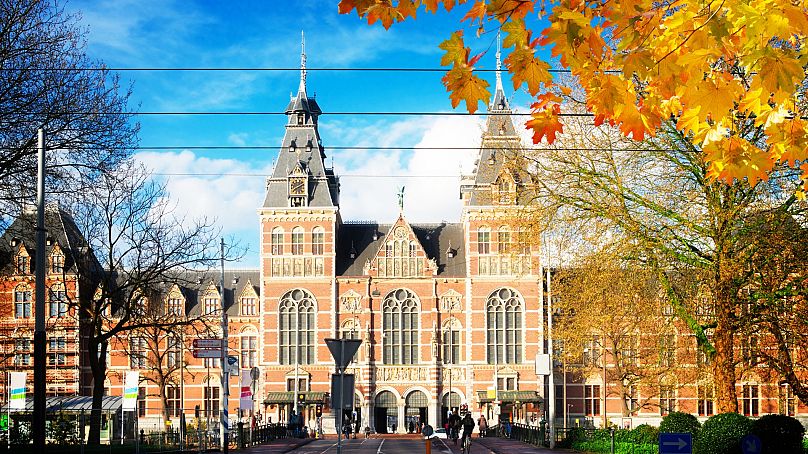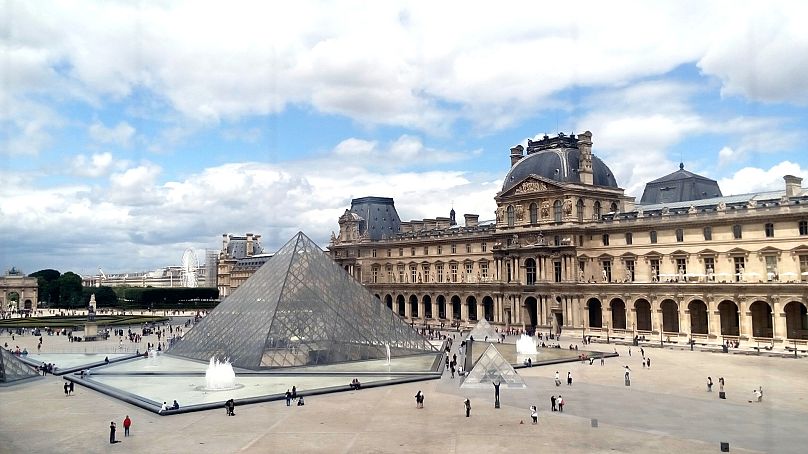British cultural institutions are all jumping to drop associations with oil money. How do other European museums compare?
The UK’s Royal Opera House has cut financial ties with BP. The oil giant’s sponsorship of the opera house lasted 33 years, as many other cultural venues cut their ties with big oil.
“We are grateful to BP for their sponsorship over 33 years which has enabled thousands around the country to see free opera and ballet through our BP Big Screens,” a spokesperson for ROH said.
BP has sponsored the ROH since 1988, but funding was not renewed beyond December 2022 after the end of the most recent contract. The decision is no doubt a result of climate crisis campaigners who have highlighted the attempts by oil companies to artwash their polluting impact through the good PR of cultural institutions.
Both the UK’s National Portrait Gallery and the Royal Shakespeare Company cut their ties with BP in recent years. The Tate galleries, National Gallery, National Theatre, and BFI also severed their BP sponsorship in the last decade.
Still standing beside their BP sponsorship is London’s British Museum. The British Museum dropped the controversial Sackler name from its galleries last year because of the family’s role in creating the opioid crisis in America through its development of OxyContin. Yet, the British Museum has stood by its BP sponsorship for now.
The Science Museum has also remained with its controversial oil giant sponsor, Shell. Though the money from the companies no doubt goes a long way to funding the exhibitions put on show, the Science and British museums will both be under increasing pressure as other London institutions sever ties with artwashing sponsorship programmes.
Fighting oil sponsorship in the Netherlands
In the Netherlands, two major museums ended their oil sponsorship deals in 2018. The Van Gogh Museum in Amsterdam and the Mauritshuis in The Hague both separated from deals with Shell after 18 years and six years respectively.
In the central museum area of Amsterdam, Museumplein, all the major organisations have now separated from Shell sponsorship deals, including music venue Concertgebouw, the Rijksmuseum and Stedelijk Museum. The Rijksmuseum also dropped ties to Saudi oil conglomerate Aramco in 2017
France’s dirty deals and a Spanish exception
France’s most famous museum, the Louvre, is one of the biggest European institutions to benefit from oil money. France accepted €17 million from the Saudi government towards the Louvre. The museum also accepts sponsorship by French oil giant TotalEnergies.
Climate activists have made their displeasure know for the association between the Louvre and oil money. Protests have been staged in both 2017 and 2018, specifically against the Total deal and its destruction of Canadian ecology.
Spain’s most famous museum is probably the Prado in Madrid. Holding masterpieces like Picasso’s ‘Geurnica’, it also associates with energy company Iberdrola. The museum has had a partnership with Iberdrola since 2010 and both the museum and the company tout its renewable credentials.
Iberdrola did decommission its last coal-fired power stations in 2017 and does invest large sums in renewable energies, pledging to be carbon neutral in Europe by 2030, the company is not entirely free of polluting energy sources.
The Spanish company has built gas-fired power stations in Mexico since 2019. One of Iberdrola’s largest single stakeholders is Qatar Investment Authority, the sovereign wealth fund of Qatar, as well as a part owner of polluting organisations like Heathrow Airport in London.














